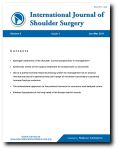 |
January-March 2011
Volume 5 | Issue 1
Page Nos. 1-27
Online since Friday, May 06, 2011
Accessed 19,104 times.
PDF access policy
Full text access is free in HTML pages; however the journal allows PDF access only to users from SOUTH AFRICA and paid subscribers.
EPub access policy
Full text in EPub is free except for the current issue. Access to the latest issue is reserved only for the paid subscribers.
|
| |
|
|
Show all abstracts Show selected abstracts Add to my list |
|
| REVIEW ARTICLES |
|
|
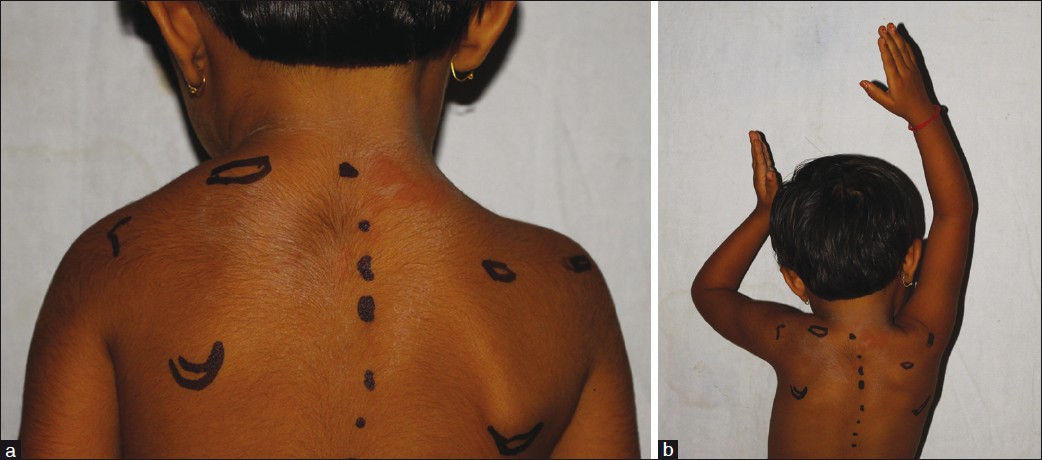  |
Sprengel's deformity of the shoulder: Current perspectives in management  |
p. 1 |
Aditya Sai Kadavkolan, Deepak N Bhatia, Bibhas DasGupta, Pradeep B Bhosale
DOI:10.4103/0973-6042.80459 PMID:21660191Sprengel's deformity or congenital elevation of scapula is a complex deformity of the pectoral girdle, and results in symptomatic cosmetic and functional disability. Several studies have attempted to analyze the three-dimensional aspects of this deformity; optimal methodologies of quantification and surgical correction techniques have been debated since the condition was first described. This article presents a concise review of the exact pathoanatomy, clinical presentation, imaging techniques, and surgical procedures described in the management of this condition. |
| [ABSTRACT] [HTML Full text] [PDF] [Mobile Full text] [EPub] [Citations (2) ] [PubMed] [Sword Plugin for Repository]Beta |
|
|
|
|
|
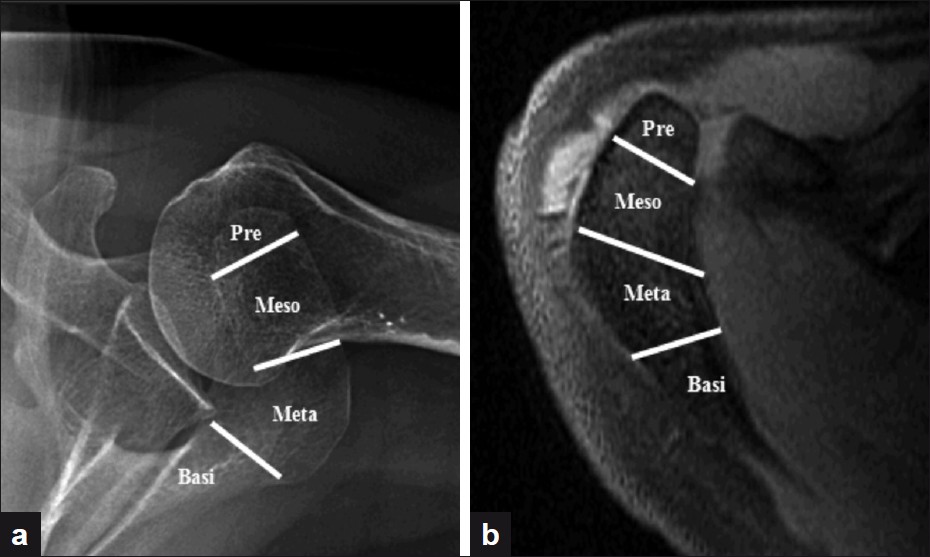  |
Systematic review of the surgical treatment for symptomatic os acromiale |
p. 9 |
Joshua D Harris, Michael J Griesser, Grant L Jones
DOI:10.4103/0973-6042.80461 PMID:21660192The optimal surgical treatment for symptomatic os acromiale that has failed nonoperative management is unclear in the literature. We conducted a systematic review of multiple medical databases for level I-IV evidence. Both radiographic and clinical outcomes were analyzed. Nine studies met the inclusion criteria (118 subjects, 125 shoulders). One hundred and fifteen subjects were treated surgically (122 shoulders). The mean age of the subjects was 49±11 years. The mean preoperative duration of symptoms was 12±8.6 months. Mesoacromiale was the most common type treated (94%). Internal fixation was the most common surgical technique used (60%), followed by excision (27%) and acromioplasty (13%). Rotator cuff repair was the most common concurrent surgical technique (performed in 59% of the surgically treated shoulders), followed by distal clavicle excision (25%). All surgical techniques resulted in improvement in clinical outcomes. Surgical management of symptomatic os acromiale that has failed nonoperative measures may predictably lead to improved outcomes. |
| [ABSTRACT] [HTML Full text] [PDF] [Mobile Full text] [EPub] [Citations (7) ] [PubMed] [Sword Plugin for Repository]Beta |
|
|
|
|
|
|
| CASE REPORTS |
 |
|
|
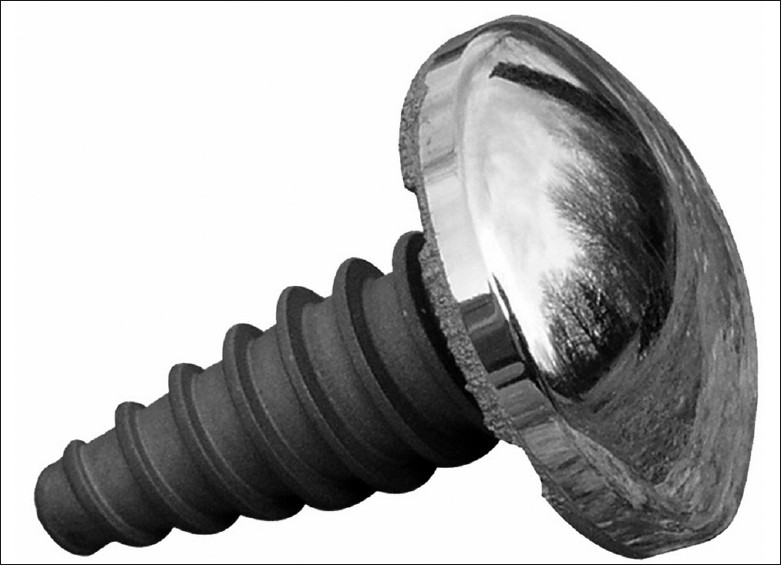  |
Use of a partial humeral head resurfacing system for management of an osseous mechanical block to glenohumeral joint range of movement secondary to proximal humeral fracture malunion |
p. 17 |
Kyriacos Eleftheriou, Nawfal Al-Hadithy, Vinay Joshi, Daniel Rossouw
DOI:10.4103/0973-6042.80465 PMID:21660193Malunion of proximal humeral fractures can lead to a severely impaired shoulder function. Loss of motion is often the main issue in patients and can be secondary to osseous, soft-tissue as well as neurological damage to the shoulder. Malunion of the articular surface of the humeral head can lead to pain, chronic degenerative changes secondary to joint incongruity and mechanical block to the range of movement. A 46-year-old otherwise healthy male chef presented with malunion and collapse of his previous plate fixation for a four-part proximal humerus fracture. We describe the first documented case of the use of a focal resurfacing system for dealing with such an osseous mechanical block in the presence of an otherwise preserved articular surface in a high-demand patient. HemiCAP can be successfully used in proximal humeral fracture malunion where there is a localized cartilage defect, allowing restoration of joint congruity while preserving the bone stock. |
| [ABSTRACT] [HTML Full text] [PDF] [Mobile Full text] [EPub] [PubMed] [Sword Plugin for Repository]Beta |
|
|
|
|
|
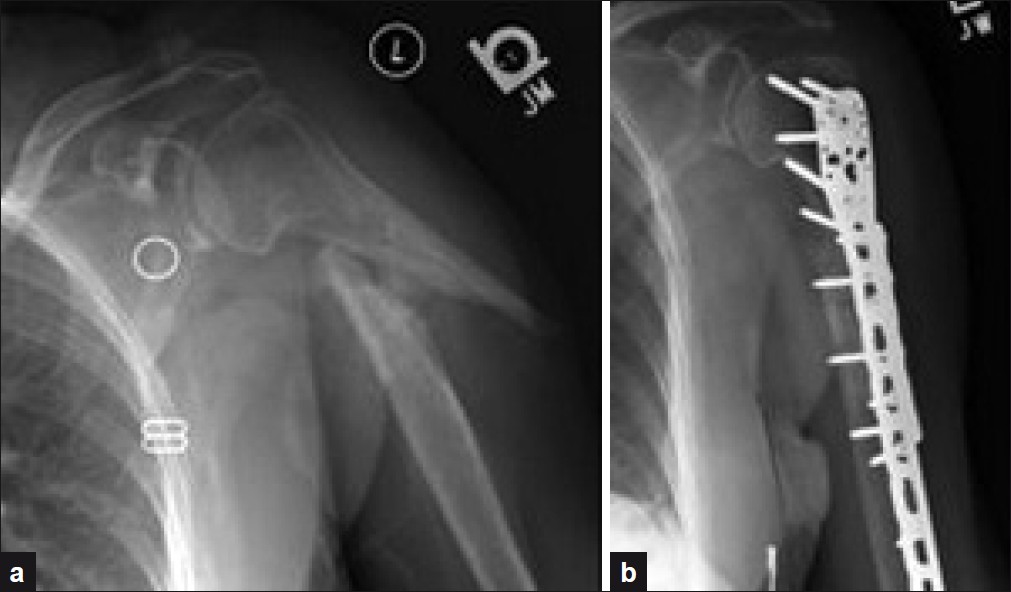  |
The anterolateral approach to the proximal humerus for nonunions and delayed unions |
p. 21 |
Carolyn M Hettrich, Omesh Paul, Andrew S Neviaser, Emily A Borsting, Dean G Lorich
DOI:10.4103/0973-6042.80466 PMID:21660194Nonunions of proximal humerus fractures can be disabling as a result of pain, deformity and instability, and are often found in geriatric patients with poor bone quality. There are relatively few studies examining the treatment of nonunions of the proximal third of the humerus and the ideal treatment and surgical approach remains unclear. This case series reports the successful use of the anterolateral acromial approach for treatment of the symptomatic proximal third humerus nonunions in a geriatric group of patients with clear challenges as a result of patient comorbidities and bone quality. |
| [ABSTRACT] [HTML Full text] [PDF] [Mobile Full text] [EPub] [Citations (2) ] [PubMed] [Sword Plugin for Repository]Beta |
|
|
|
|
|
|
| LETTER TO EDITOR |
 |
|
|
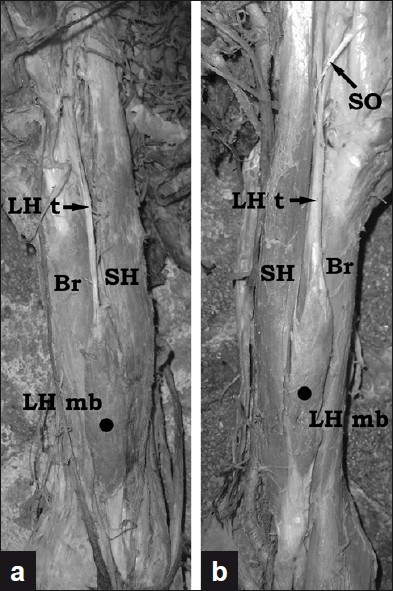  |
Bilateral hypoplasia of the long head of the biceps brachii muscle |
p. 26 |
Georgi P Georgiev, Lazar Jelev
DOI:10.4103/0973-6042.80468 PMID:21660195 |
| [HTML Full text] [PDF] [Mobile Full text] [EPub] [Citations (2) ] [PubMed] [Sword Plugin for Repository]Beta |
|
|
|
|
|
